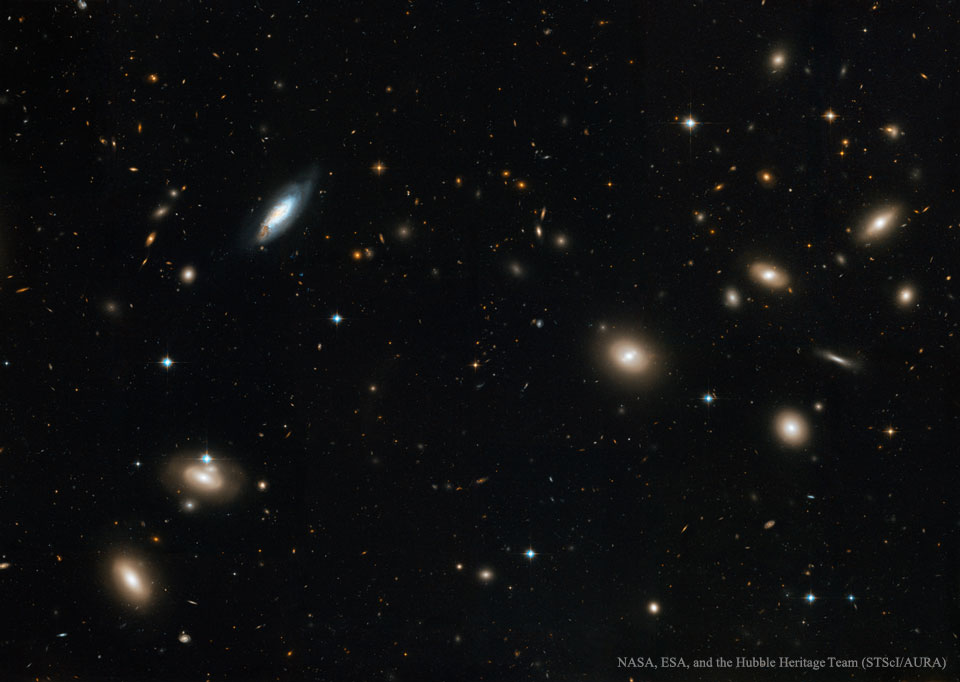 |
| A reconstruction in silicone of "Chancelade Man" by visual artist Elisabeth Daynes, AFP PHOTO / MEHDI FEDOUACH |
Fiat lux!
If you think of it, isn't it truly remarkable what we have learned just by looking at light?
It took its time, some 200.000 years, but today's homo sapiens has deciphered many mysteries of the Cosmos by analyzing visible light and other wave lengths of electromagnetic radiation reaching us from the space near and far.
The reason to the brilliant results humans have reached by looking at starlight through a variety of instruments he has built is photon, the fundamental building block of all creation.
It is also remarkable that among all the holy scriptures circulating among humans only the Bible puts light near the very beginning of God's marvelous works of Creation.
ויאמר אלהים יהי אור ויהי־אור׃
καὶ εἶπεν ὁ θεός Γενηθήτω φῶς. καὶ ἐγένετο φῶς.
dixitque Deus fiat lux et facta est lux



